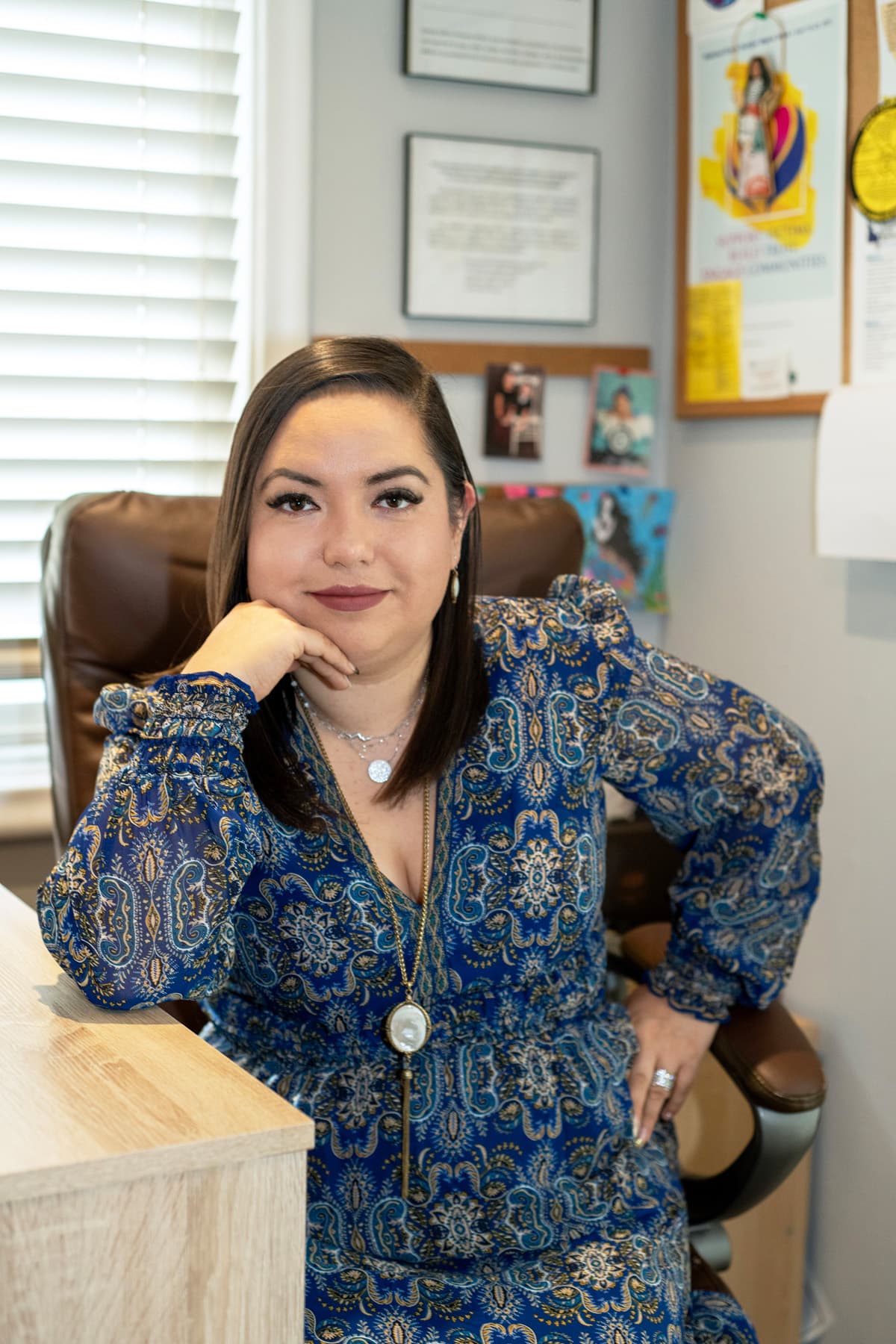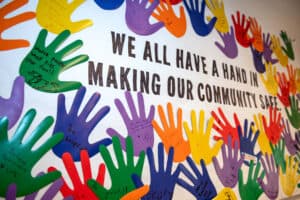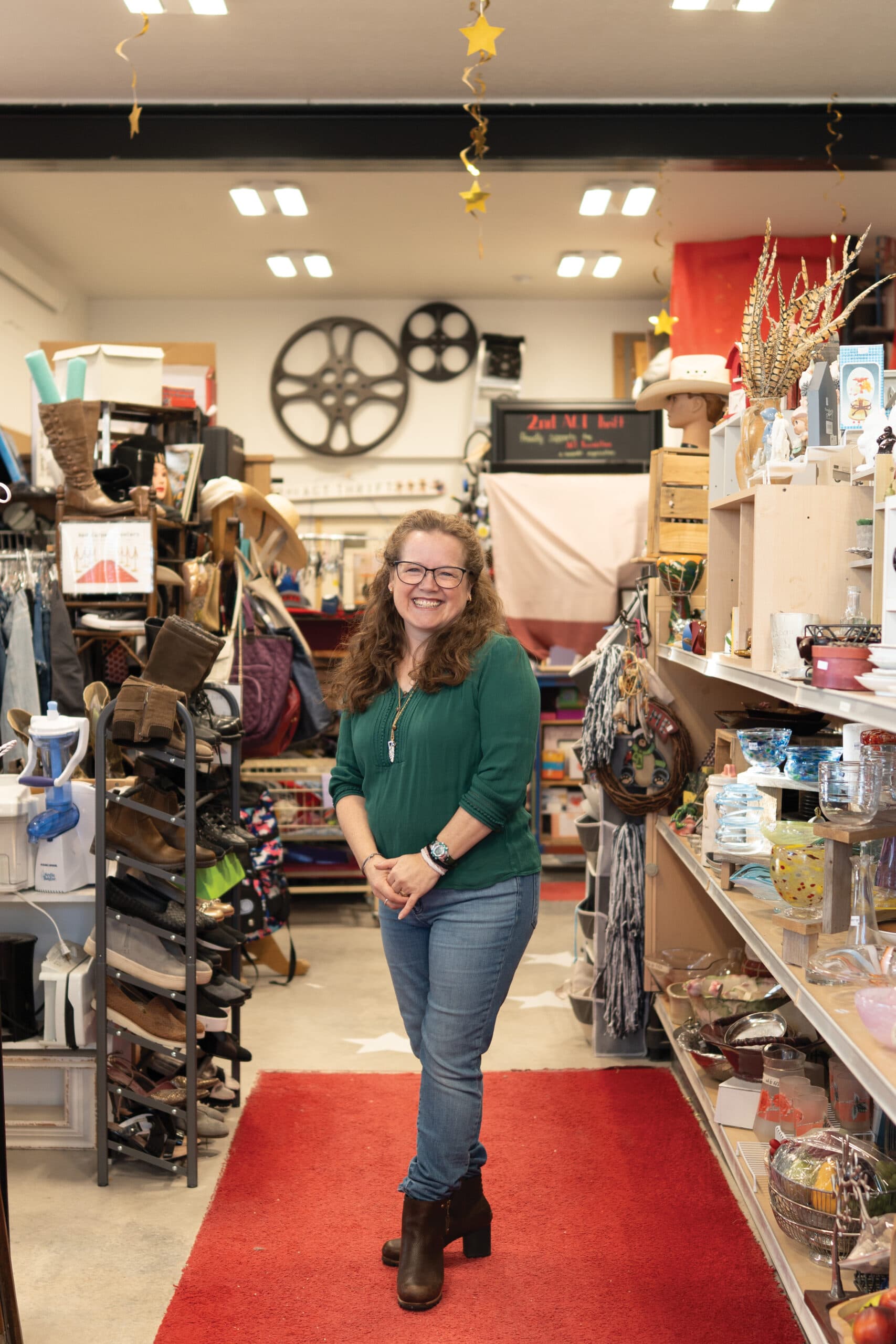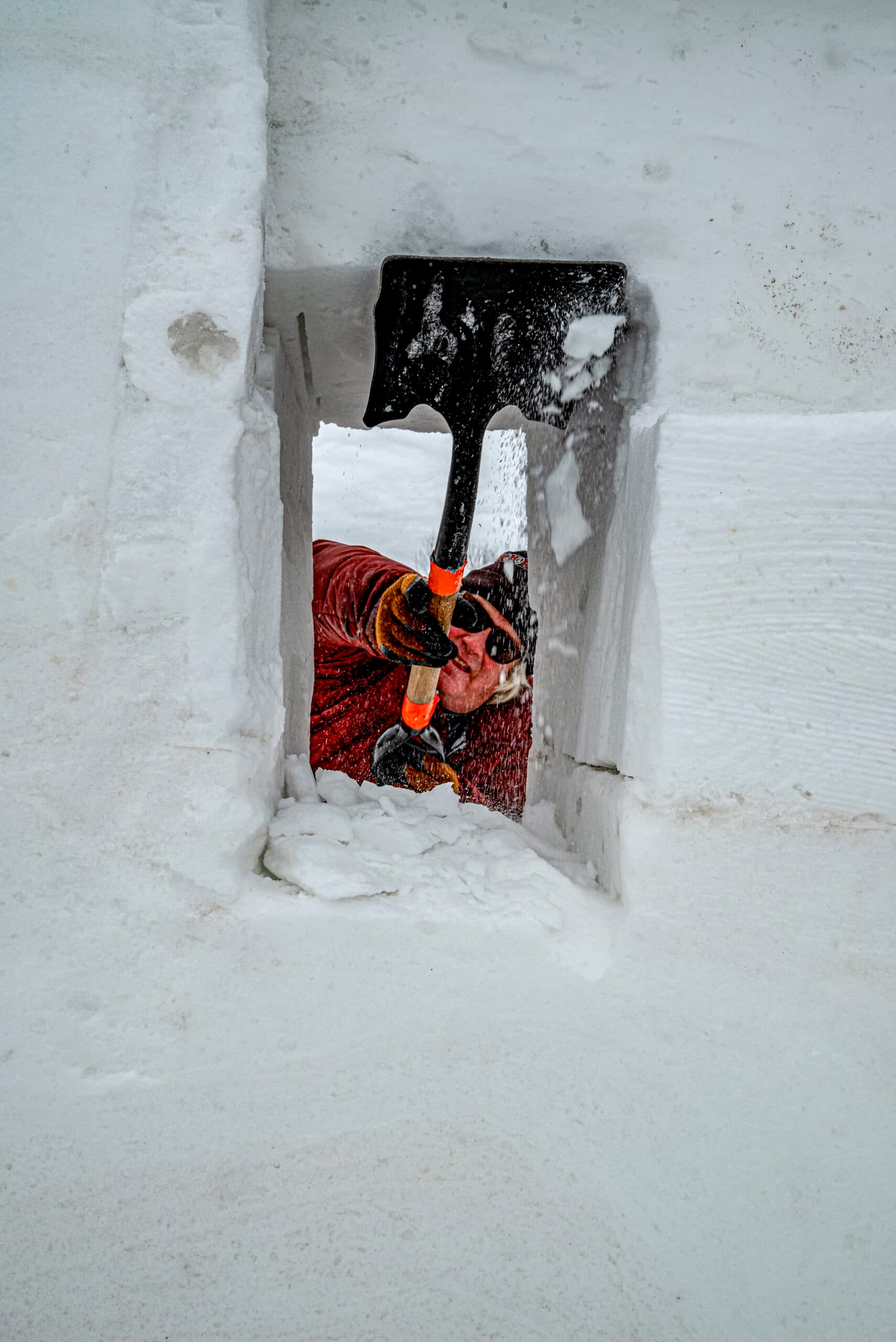Dreamers Never Sleep

Navigating the halls of high school can be difficult for any teen, including those raised in the pristine fields surrounded by the mountains of Teton Valley—and even for those with just the right pick-up truck for cruising around town on weekend nights.
Monica N. Carrillo Martinez did not have those anchoring roots as she made her way through Teton High School in Driggs in the early 2000s. She was Mexican, undocumented, and only spoke Spanish. She was a newcomer in the deeper sense—more “new” than a kid who simply moved to the valley from “out below,” as the locals might say.
“When I graduated from high school in 2006, I didn’t feel like I was a part of this community,” Monica says. “You always feel like an outsider as a person of color. You are scared to show who you really are. That is what immigrants in general feel.”
Monica’s dad is originally from Tlaxcala, Mexico, and her mother is from Mexico City, where Monica was born. The young family followed those that came before them across the border, onward to a better life, she says.
Monica was a young teen then, traveling to Teton Valley for the first time. And, like many teens, she was angry at her parents.
“Coming to this little town, there was nothing,” Monica says of immigrating to Driggs. “There were no friends, no family, we didn’t have a house, we slept on the floors, and there were language barriers. The culture shift was shocking.”
But word spread in small Mexican towns like her father’s hometown that smaller resort communities in the West, like Jackson Hole and Driggs, had good jobs available and were good places to raise a family.
And the Carrillo family wasn’t alone. The Teton region is now home to one of the largest Tlaxcalan populations in the country—second only to New York and California, according to a 2024 Wyoming Public Radio report.
And so Monica settled into her new life and the community at the base of the Tetons, accepting her place and the preconceived notion of who she was, as the world saw her: an immigrant, an outsider, a move-in.
“At the time, if you were an immigrant, your schooling was over after high school,” Monica says. “My parents didn’t have the money to send us to a [college]. At that time, you were expected to find a good job and hopefully find a good husband. As an immigrant, I did what I was supposed to do. It was a different way back then.”
She married well, got a good hourly paying job in Driggs, and life continued at a steady hum with children, church, and her family.
And then the DREAM Act was passed.
“Everything changed in 2012 with the DREAM Act,” she says.
The Development, Relief, and Education for Alien Minors, or DREAM Act, was introduced in 2001 to provide basic protections to children who had immigrated to the United States from another country and grew up considering the United States their home. It was signed into law in 2012.
Over the next decade, government legislation would create the DACA program, or Deferred Action for Childhood Arrivals. Those who fall under DACA or D

REAM are often referred to as “Dreamers.”
At the turn of this century, Mexicans were the largest group of people to immigrate to the United States in 31 of 51 states, according to the Pew Research Center. Today, Mexico remains the largest country of origin for U.S. immigrants, comprising 23 percent of the immigrant population in 2022.
DACA would provide children of immigrant families protection from being deported back to their native countries. Monica says that at first, it was difficult to trust the government and the DACA program. Giving the government personal information, she says, could mean that the U.S. Immigration and Customs Enforcement, or ICE, could find you and take you away from the life you were trying to build.
“But I decided to apply for it in 2012, and it changed my life,” she says. “That gave me privileges, a social security number, and I was able to work in the U.S. legally. After having that, I knew I could do more than just work in a clothing store.”
Monica also found a new sense of confidence to step outside the guardrails she had known throughout her life in Driggs. She started volunteering with the Hispanic Resource Center of Teton Valley led by Gabriela Hermosillo and her sister, Juanita Flores, two of the first Spanish-speaking interpreters hired by the Idaho court system.
“They were the ones to encourage me to get more training as a translator and interpreter,” Monica says. Doors started opening, yet Monica was still nervous to walk through them.
“I was out of my comfort zone,” she says. “That was the challenge—to get to know my community and not only my Latinx community.”
Today, Monica is thirty-six years old and works as the Bicultural Director of Client Services for the nonprofit Family Safety Network. There, she is an integral member, serving on the front lines of domestic violence and sexual assault in Teton County.
And even in all the ways Monica continues to serve her community and her family, she has also taken on the role as a lifeline for newcomers who are navigating life in the United States and, specifically, life in the Tetons for the first time.
Monica is a liaison with the Instituto de los Mexicanos en el Exterior SRE, or Institute for Mexicans Abroad.
Through this program, she works to tell her story, share her experiences, and give newcomers the tools needed to adjust to an unfamiliar life with greater ease, grace, and support.
“It’s about getting to know your neighbor,” she says. “It’s about getting to know the people who are around you. We [immigrants] are afraid to talk to a white person. But once you open up, it’s a blessing and you become family.”
Through the program, Monica was able to travel back to her hometown in Mexico with her children last year, seeing old friends and family for the first time since she left twenty-three years ago.
“Everything I’m doing is because I want my kids to know that there will always be barriers, but there will also always be opportunity,” Monica says.
Monica’s work is far from over. She continues to advocate across the country as legislation questions the future of the DACA program. Her leadership has become a beacon for other immigrants, showing them that they are not alone. They, too, can turn struggles into empowerment, just as her parents taught her was possible more than two decades ago.








